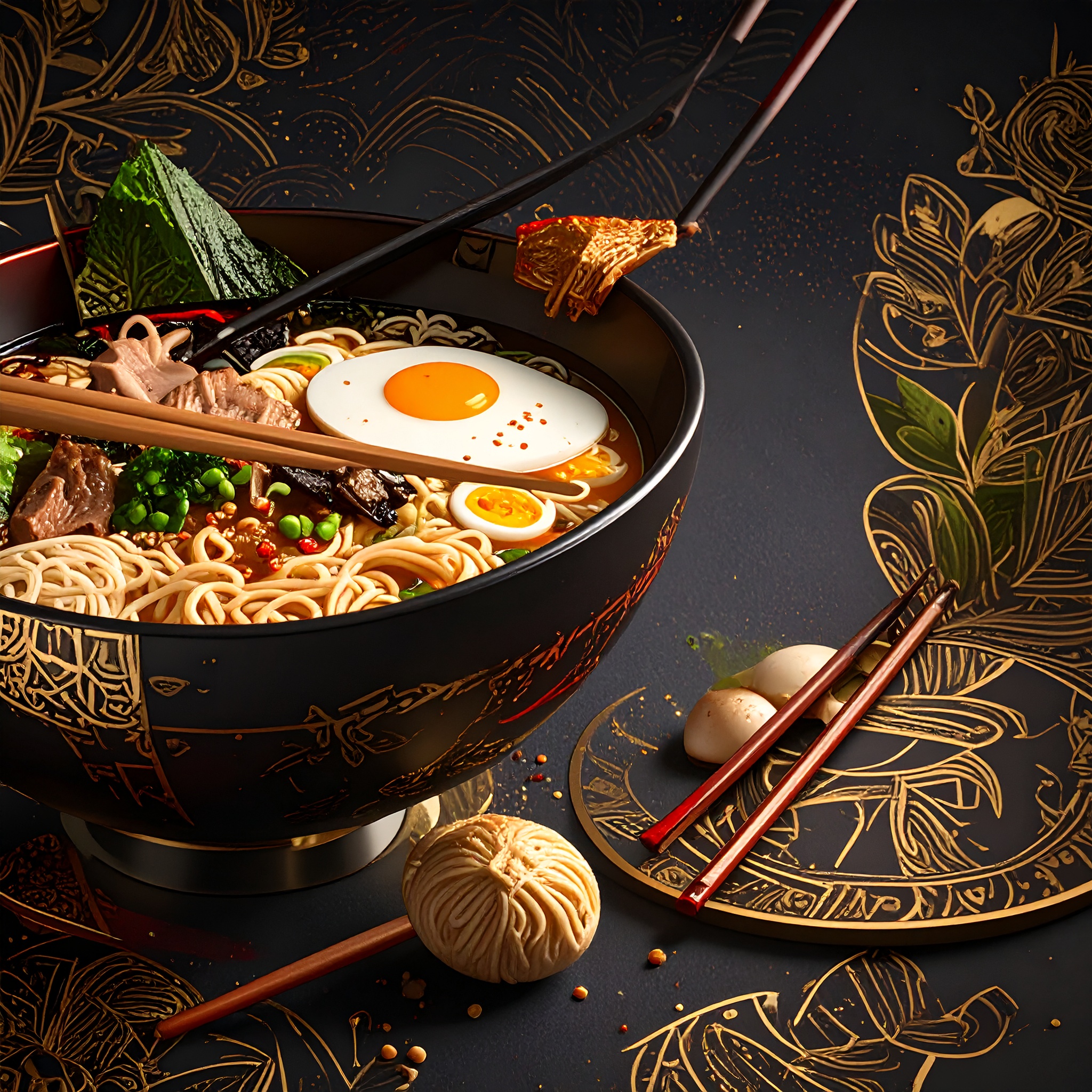Redefining Ramen: The Strategy Behind Japan’s ¥1,500 Premium Bowl
Once known as the go-to meal for affordability and flavor, ramen in Japan is experiencing a luxurious reinvention. Bowls priced at ¥1,500 or more now feature ingredients such as truffles, lobster, aged soy sauce, and heritage chicken—drawing from the techniques of French haute cuisine and refined Japanese kaiseki. Far from its origins as a casual street food, ramen is now establishing itself as a legitimate high-end dining category. Why premium ramen is thriving now? This article will unpack the strategy behind its elevated success.
1. Beyond Cost: Creating Experiential Value
While the cost of premium ramen can be two to three times that of standard offerings, the real differentiator lies in the design of the overall experience. It’s not only about rare ingredients; it’s about the harmony between presentation, spatial ambiance, and the chef’s ritual-like precision. Together, these elements elevate the dish to something akin to a full-course experience in a single bowl.
Examples include:
-
Freshly shaved bonito flakes presented tableside
-
Truffles delicately sliced in front of the guest
-
Custom-crafted bowls designed to enhance the aroma of the broth
These multisensory touches affirm the legitimacy of the ¥1,500 price point, offering diners more than a meal—an impression that lingers long after the last bite.
2. Ingredients with a Story: The Narrative Behind Premium Ramen
One key strategy in elevating ramen to a luxury experience lies in positioning it as a “story-driven cuisine.” Ingredient selection becomes part of a broader narrative that enhances both flavor and perceived value. For example:
-
Aged Soy Sauce: Rare varieties sourced from breweries with over a century of history
-
Heritage Chicken Broth: Premium breeds delivered fresh each morning from partner farms
-
Wagyu Toppings: A5-grade beef, delicately slow-cooked to gourmet standards
Today’s discerning diners seek more than taste—they seek provenance. The origin and care behind each ingredient are becoming integral to brand identity, transforming every bowl into a curated story worth savoring.

3. Exclusivity Over Efficiency: Reservation-Only and Limited-Edition Models
Many premium ramen establishments intentionally adopt reservation-only systems or cap their daily servings to create a sense of exclusivity. Some even offer multi-course formats, transforming a simple bowl of ramen into a fine dining experience.
This model invites guests to linger and savor the space, allowing restaurants to generate high per-customer revenue without the need to chase rapid table turnover. Profitability is maintained through quality and experience rather than volume.
4. Evolving Demographics: From Cost-Performance to Aesthetic Consumption
Today’s clientele has shifted from traditional value-seekers to experience-oriented connoisseurs, influenced by social media and changing lifestyle priorities. Diners now place equal weight on taste, visual appeal, and shareability. Elegant tableware, refined plating, ambient lighting, and architecturally conscious spaces all contribute to a brand’s allure.
As ramen establishments evolve into aesthetic destinations, they are increasingly chosen for special occasions, business hospitality, and international dining—further justifying a higher price point.
Summary: From Everyday Comfort to Curated Cultural Experience
The emergence of premium ramen is not merely a shift in pricing—it marks a transformation of ramen from everyday street fare into a rich cultural experience.
Each bowl seamlessly unites ingredients, ambiance, presentation, and story. In doing so, it delivers a level of satisfaction that transcends cost, while carving out a distinctive place in a new and discerning market.
Is a ¥1,500 bowl of ramen expensive—or is it a justifiable investment in an immersive, curated experience? That very question is now shaping the future of ramen entrepreneurship.




